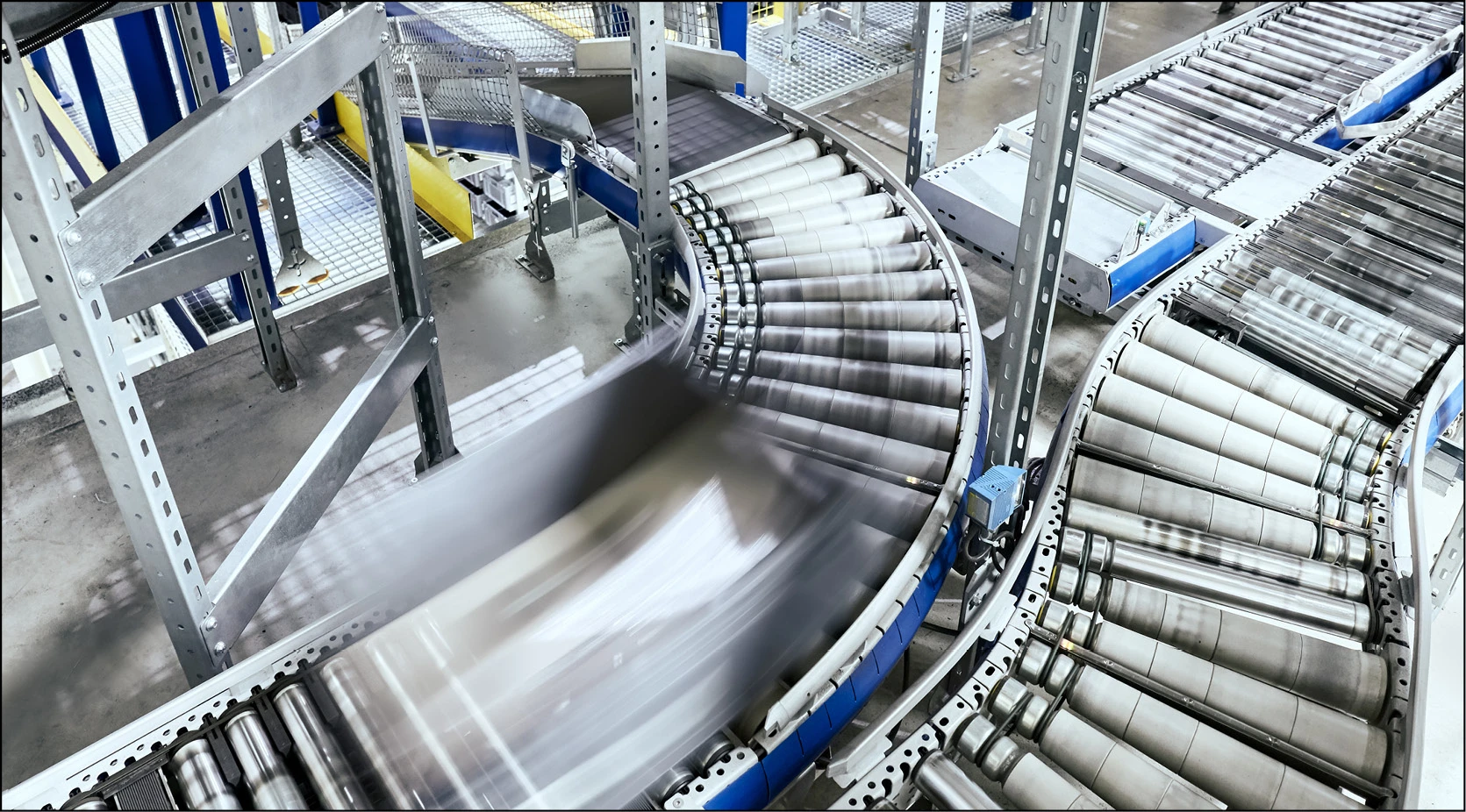75% of Consumers Want Sustainable Products—But Only 10% Will Pay More. Can You Go Green Without Going Broke?

The retail and apparel industry is still facing a familiar paradox. According to the State of Supply Chain 2025 Report, over 75% of consumers say sustainability strongly influences their purchasing decisions, yet fewer than 10% are willing to pay more for eco-friendly products. This presents a serious challenge: how can brands and suppliers meet environmental, social, and governance (ESG) expectations without sacrificing profitability?
From Value-Add to Standard Expectation
It might be time to stop thinking of sustainability as a value-add that comes with a premium price tag, and instead accept it has become the new baseline. As a VP of Corporate Responsibility at a global apparel brand put it: “I don’t think we can ask the customer to pay more for sustainability… They expect brands to already do that.”
Retailers are pushing the cost burden upstream. More than 60% of suppliers report that environmental and compliance costs are being absorbed by them—not the retailer or the end consumer. This creates intense margin pressure, particularly for mid-tier players already squeezed by the “hourglass” market effect: premium brands and discount players thrive, while the middle struggles to compete.
Cost-Neutral Innovation is the New Goal
Instead of charging more, forward-thinking brands are investing in cost-neutral innovations that align with ESG goals:
- Recycled polyester offers a sustainable alternative to virgin materials without significant cost hikes.
- Packaging efficiency (lighter, biodegradable, or recyclable materials) reduces shipping costs and environmental impact.
- Energy-saving upgrades in Tier-2 and Tier-3 factories lower long-term operational costs.
As Barry McGeough, Group VP of Innovation at Americo, explained: “Until sustainable options are commoditized, they’ll always carry an added cost. My job is to find cost-neutral innovations that can scale.”
Compliance as a Catalyst for Innovation
Sustainability regulations are tightening across the board—from Extended Producer Responsibility (EPR) to Scope 3 emissions tracking. More than 69% of companies rank these regulations as having a major impact on supply chain operations. The brands that view compliance as an engine for progress—not just overhead—are leading the shift toward future-proofed operations.
Digital tools play a crucial role. Brands are increasingly using:
- Product passports and blockchain traceability to verify ethical sourcing.
- AI to analyze carbon emissions and material impact.
- Collaborative supplier platforms (like Inspectorio) to reduce audit fatigue and align ESG expectations.
Inspectorio’s Role
Inspectorio helps brands meet ESG expectations through actionable data and supplier collaboration. By digitizing quality, compliance, and sustainability metrics, we support:
- Traceability: Monitor environmental and labor performance across all tiers.
- Efficiency: Reduce redundancies and improve visibility with shared data.
- Continuous Improvement: Benchmark performance and support supplier innovation.
Final Thought
Sustainability is no longer a trend—it’s an expectation. Consumers won’t pay more, but they will walk away if brands fall short. To thrive, organizations must invest in innovations that deliver impact without inflating costs. The brands that treat ESG as a strategic lever—not a premium feature—will shape the future of supply chain performance and resilience.




